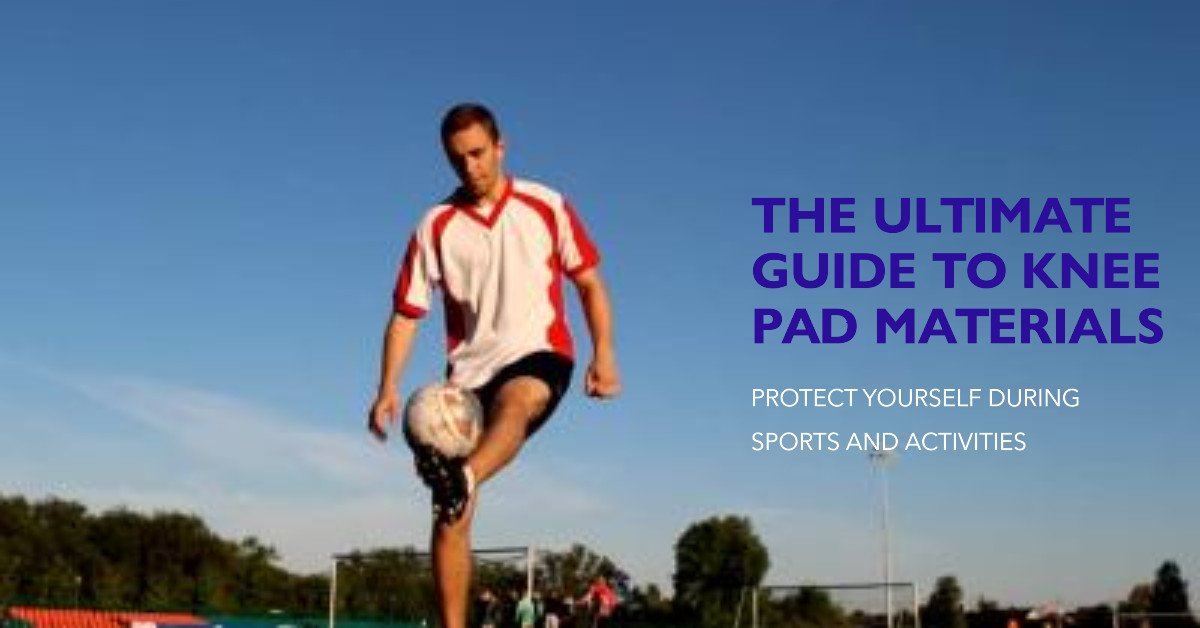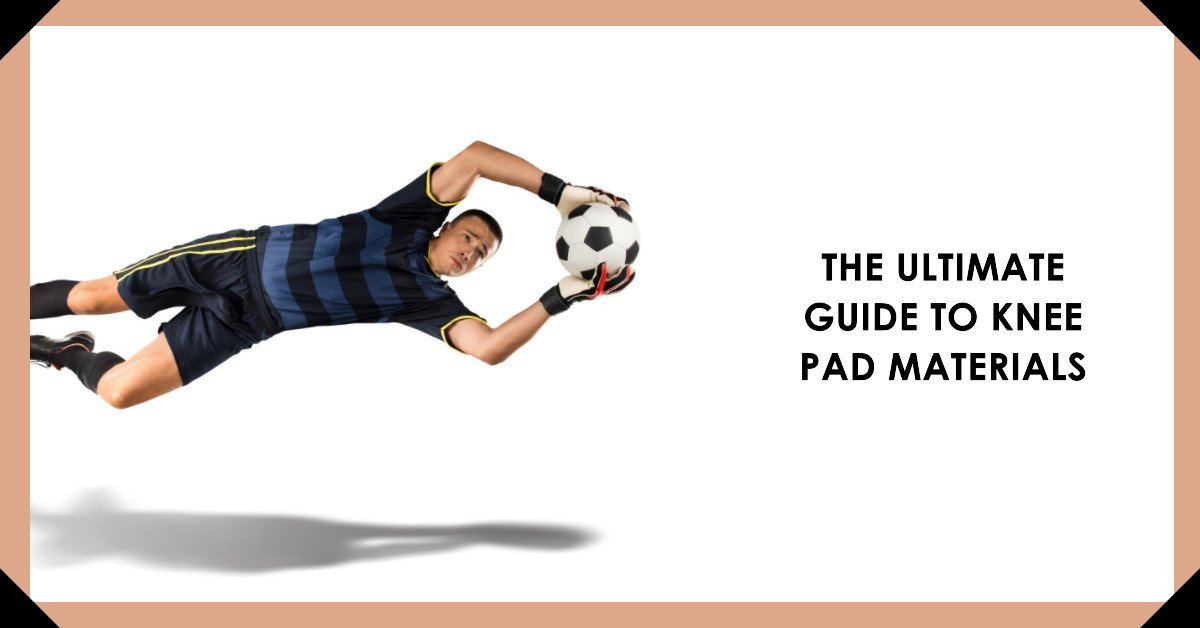When it comes to protecting your knees, the best materials for knee pads can make all the difference. Whether you’re a professional athlete, a construction worker, or just someone who enjoys gardening on the weekends, the right knee pad material can provide the comfort and protection you need.
Table of Contents

Best materials for knee pads are essential for anyone who requires added protection for their knees. Whether you’re an athlete, a construction worker, or someone who loves DIY projects at home, the right knee pad material can make a significant difference in comfort and protection. In this guide, we’ll explore the various materials used in knee pads, their advantages, and how to choose the best one for your needs.
Key Takeaways:
- Different activities require different types of knee pad materials.
- Some materials offer better shock absorption, while others prioritize flexibility.
- The fit and design of the knee pad can also influence its effectiveness.
- Always consider your specific needs and preferences when choosing a knee pad material.
The Importance of Choosing the Right Material
Knee pads are designed to protect one of the most vulnerable parts of the body. The knees are constantly under stress, especially during physical activities. A good knee pad can help distribute the pressure, reduce the impact of falls, and prevent injuries. But not all knee pads are created equal. The material plays a crucial role in determining the effectiveness of the pad.
Foam: Soft and Flexible
Foam is one of the most common materials used in knee pads. It’s soft, flexible, and provides decent cushioning. However, foam can compress over time, reducing its effectiveness. It’s ideal for activities that require a lot of kneeling, like gardening or flooring.
Gel: Superior Cushioning
Gel knee pads offer superior cushioning compared to foam. They mold to the shape of the knee, providing a custom fit. Gel pads are perfect for activities that involve heavy-duty work, as they can absorb more shock. However, they can be a bit heavier than foam pads.
Hard Shell: Maximum Protection
For activities that involve a high risk of sharp objects or heavy impact, hard shell knee pads are the way to go. They offer maximum protection but can be less comfortable than foam or gel pads.
Factors to Consider When Choosing the Best Materials for Knee Pads
When choosing a knee pad material, it’s essential to consider the type of activity you’ll be doing. For instance, if you’re into sports, you might want a knee pad that offers flexibility and freedom of movement. On the other hand, if you’re a construction worker, protection and durability might be your top priorities.
Comfort and Fit
No matter the material, a knee pad should be comfortable. It should fit snugly around the knee without being too tight. It should also stay in place during activities and not slide down.
Durability
Knee pads are subjected to a lot of wear and tear. The material should be durable enough to withstand the demands of your activity. It should also be resistant to punctures and tears.
Breathability
A breathable material can prevent sweating and keep the knee cool. This is especially important for activities that involve a lot of physical exertion.
Advanced Materials and Technologies for Knee Pads
As the world of sports and physical labor evolves, so does the need for advanced protection. The best materials for knee pads have come a long way from the traditional foam and gel. With the integration of technology and superior materials, knee pads today offer unparalleled protection, comfort, and durability.
The Rise of Technologically Advanced Knee Pads
In recent years, there’s been a significant shift towards incorporating advanced technology into knee pads. This not only enhances protection but also ensures that individuals, whether athletes or professionals, get the best out of their knee pads.
Reactive Memory Foam (RMF)
RMF is a unique material that’s soft and pliable in its natural state. However, when force is applied, it hardens, providing a protective barrier. This ensures that the knee pad offers maximum protection during impact while remaining comfortable during regular use. Learn more about RMF here.
Air Mesh Technology
Air Mesh is a technology that ensures breathability. It prevents excessive sweating and keeps the knee cool, especially during activities that involve a lot of physical exertion. This technology is crucial for those who wear knee pads for extended periods.
V-22™ Dual Density
This technology, often seen in professional skating knee pads, combines superior materials to provide both comfort and protection. The dual-density ensures that the knee pad is flexible for movement but rigid enough to offer protection during falls.

The Benefits of Advanced Knee Pads
With the integration of advanced materials and technology, knee pads today offer several benefits:
- Enhanced Protection: Advanced knee pads provide better protection against impacts, abrasions, and rough surfaces. This is especially crucial for those in high-risk professions or sports.
- Targeted Compression: For those with existing knee issues, some knee pads offer targeted compression to reduce swelling and pain. This promotes better blood circulation and faster recovery.
- Durability: With superior materials, these knee pads are more resistant to wear and tear, ensuring they last longer.
Making the Right Choice
While advanced knee pads offer numerous benefits, it’s essential to choose the right one for your needs. Consider the type of activity, the level of protection required, and the comfort level. It’s also crucial to ensure a good fit to prevent the knee pad from sliding down during activities.
Conclusion
The world of knee pads has seen significant advancements in recent years. With the integration of superior materials and cutting-edge technology, individuals can now enjoy better protection, comfort, and durability. Whether you’re an athlete, a professional, or someone seeking relief from knee discomfort, there’s an advanced knee pad out there that’s perfect for you. Always prioritize your safety and comfort, and invest in a knee pad that meets your specific needs.
